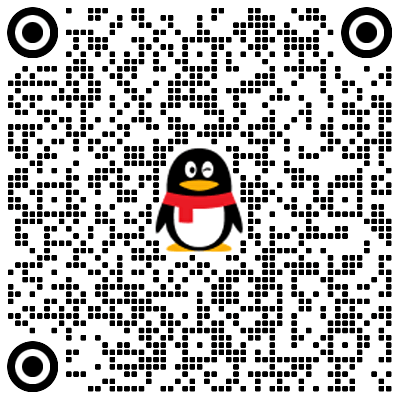vue 异步组件
传统的vue组件切换,无非是Vue.component定义一个组件,然后设置一个名字,再通过component自定义html元素加上is属性去动态切换组件。
vue-cli的话,在components里面将import的组件激活,然后也是is属性配合component自定义html元素进行切换。
那么异步组件的优点在哪里呢?
无非是组件会作为一个单独的js文件存在,需要时才被调用,这个特性再开发单页的时候最明显,他是会在打包后将异步组件单独生成一个js文件,在调用时下载并使用。
如何创建一个异步组件
Vue.component创建异步组件
这个方法适合script引入vue.js的那种方式,估计也用处不大,做个演示
Vue.component("async-hello", function (resolve) {
setTimeout(function () {
resolve({
template: `<div>async-hello</div>`
});
}, 1000)
});将这个组件保存为js文件在vue.js文件引入后引入。
然后可以在后面的new Vue对象中使用该组件。
vue-cli 单页创建一个异步组件
首先我们创建一个hello.vue文件:
<template>
<div>hello word</div>
</template>然后在需要引入的地方,通过components异步引入激活:
components: {
"async-hello": (resolve) => {
require(["@/components/hello"], resolve);
},
},然后就可以使用自定义标签使用该组件
<async-hello/>这样写的话默认是直接就加载了,但是组件会作为一个单独的js文件引入使用。
我们可以加点if判断
<template>
<div id="app">
<async-hello v-if="show" />
<button @click="toggle">加载</button>
</div>
</template>
<script>
export default {
data: () => ({
show: false,
}),
methods: {
toggle() {
this.show = !this.show;
},
},
components: {
"async-hello": (resolve) => {
require(["@/components/hello"], resolve);
},
},
};
</script>这样我们可以通过f12查看网络资源,当我们点击加载后,可以看到一个js文件被下载。
并且打包后也会发现会多生成一个组件js文件。
promise写法
这个写法相对来说就简单很多了,好记的很,我目前所有的路由页都是使用的该方式
components: {
"async-hello": (resolve) => import("@/components/hello"),
},效果相同
版权申明
本文系作者 @木灵鱼儿 原创发布在木灵鱼儿站点。未经许可,禁止转载。




全部评论 2
风水学知识
FireFox Windows 10木灵鱼儿
FireFox Windows 10